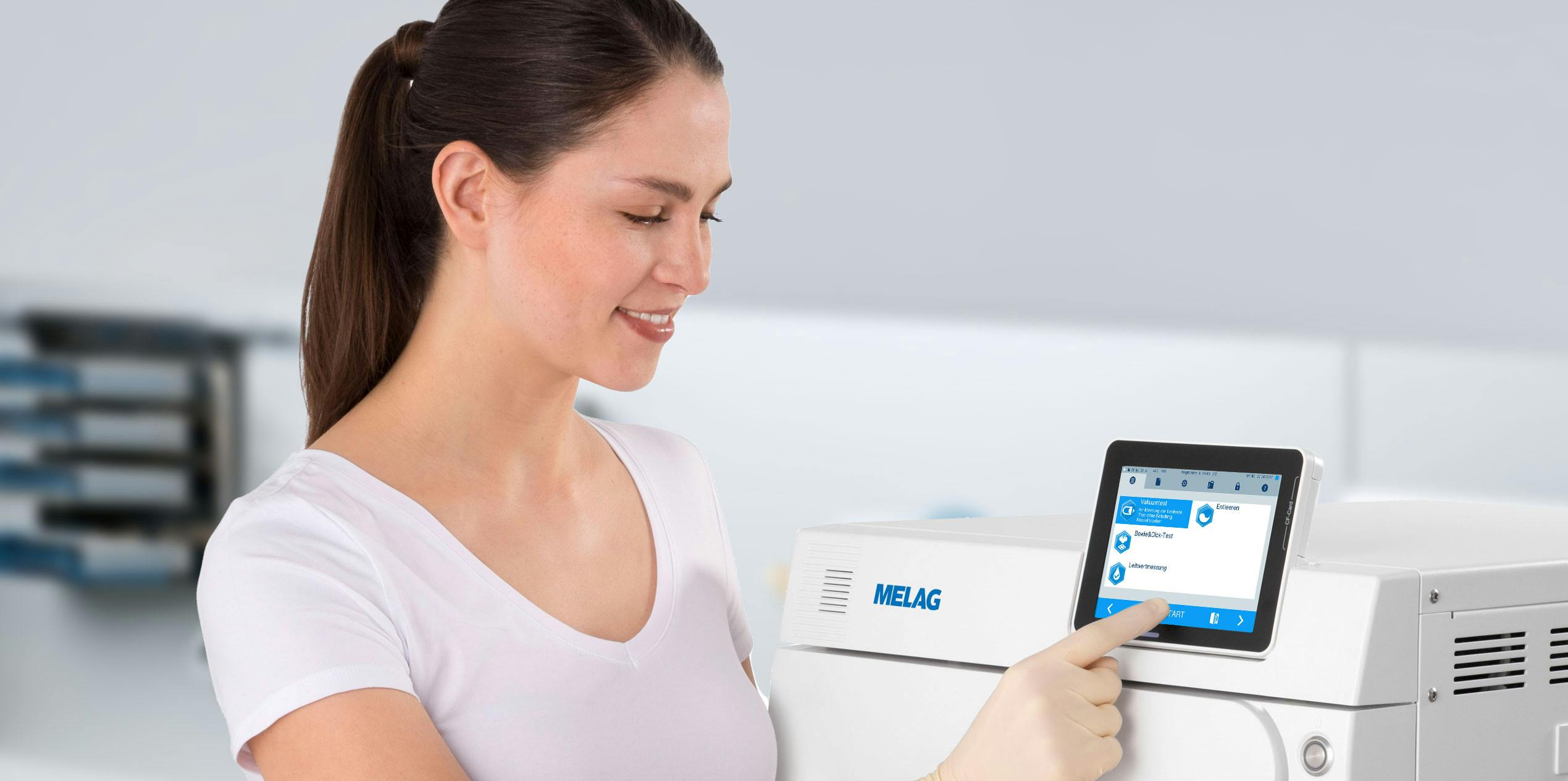Testing the autoclave
Vacuum test
By regularly performing the vacuum test leaks in the autoclave's steam system can be detected and repaired. In this blog post, we will go into more detail about why the vacuum test is so important and how it is performed.

